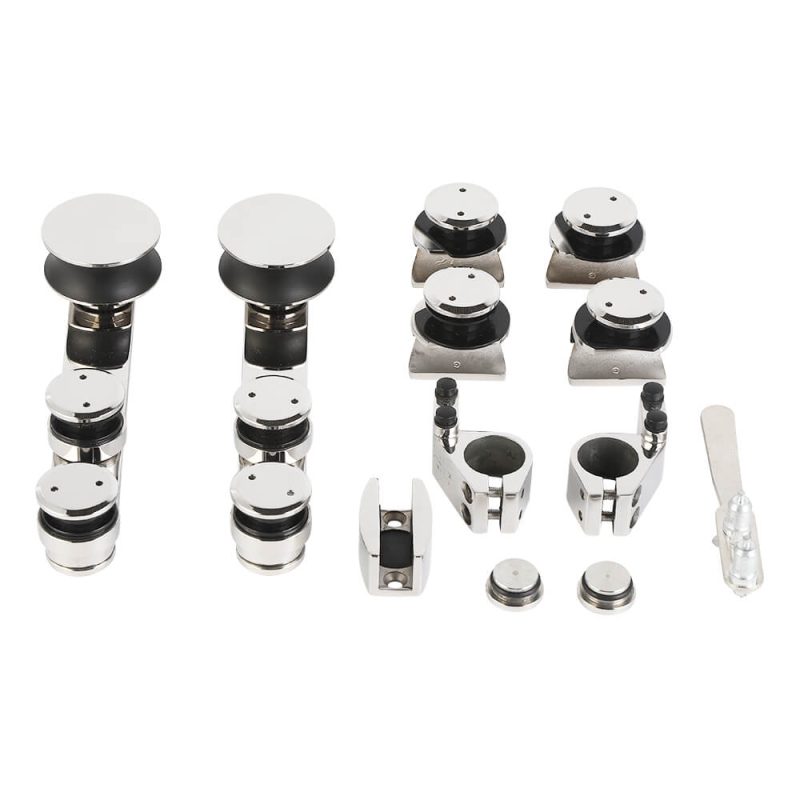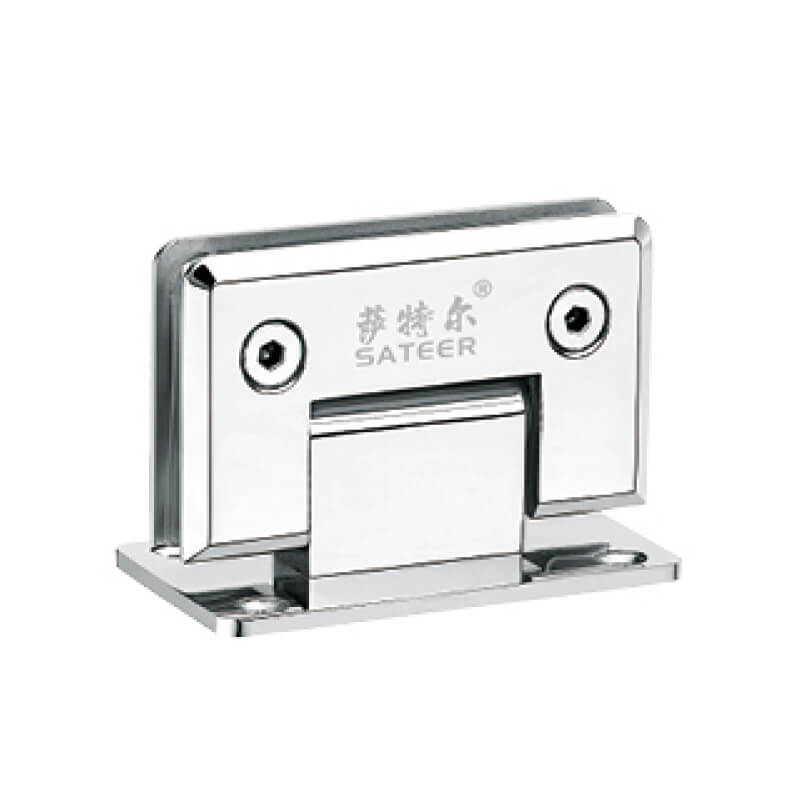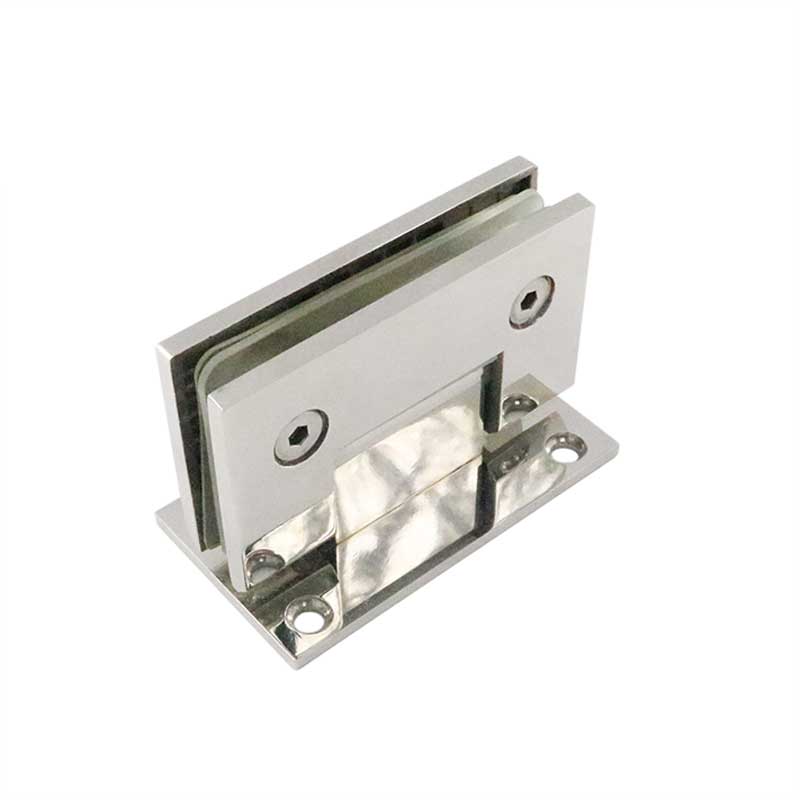Design Considerations- Integrating Bottom Locks Seamlessly with Glass Doors
Incorporating bottom locks into glass doors demands meticulous design considerations to ensure seamless integration, maintain structural integrity, and enhance security. This article explores the crucial factors that guide the successful integration of bottom locks with glass doors.
Glass Thickness and Lock Compatibility
Glass thickness plays a vital role in lock selection. Thicker glass requires locks with longer bolts to penetrate the material effectively. Conversely, thinner glass necessitates shorter bolts to prevent over-penetration and damage. Matching the lock bolt length to the glass thickness ensures optimal security and avoids compromising the door’s structural integrity.
Door Frame and Lock Strike
The door frame and lock strike must align perfectly to engage the lock securely. The strike plate should be countersunk into the door frame, ensuring the bolt fully engages without obstruction. The strike plate’s placement should berücksichtigen the glass thickness to prevent the bolt from damaging the glass when locked.
Bolt Material and Strength
The bolt material should be robust and durable, such as stainless steel or hardened steel, to withstand forced entry attempts. The bolt should have a sufficient diameter to provide adequate resistance to prying and bending. Additionally, the bolt should be designed to minimize glass damage in the event of an intrusion attempt.
Security Level and Lock Type
The required security level influences the lock type. Simple lever locks provide basic protection, while deadbolts offer enhanced security. Multi-point locks engage multiple bolts at different points of the door, providing the highest level of security. The choice of lock should balance the desired security level with the aesthetic appeal and functionality of the glass door.
Handle Design and Placement
The handle design should complement the overall aesthetic of the glass door. Handles should be easy to grip and operate smoothly. The placement of the handle should consider the user’s height and the reach required to engage the lock comfortably.
Visual Appeal and Aesthetics
Integrating bottom locks into glass doors should preserve the elegant aesthetics of the door. Locks should be discreetly placed or designed to blend seamlessly with the door’s style. Finishes should match the door hardware, and the overall appearance should enhance rather than detract from the door’s design.
Conclusion
Integrating bottom locks seamlessly with glass doors requires careful attention to detail and consideration of multiple factors. By considering glass thickness, door frame alignment, bolt material, security level, handle design, and visual appeal, designers can achieve optimal security without compromising the aesthetic integrity of the glass door.
-
What Is a Shower Door Wall Bracket and Why Is It Essential for a Secure Bathroom Installation?
16-12-2025 -
What is the maximum weight that frameless shower door clips can support?
11-12-2025 -
Shower Glass Clips Hardware: The Ultimate Guide to Choosing, Installing, and Maintaining
05-12-2025 -
What Are the Different Types of Shower Screen Glass Clamps and How to Choose?
26-11-2025 -
Clip-On Shower Door vs. Traditional Hinges: Which Is Better?
21-11-2025
-
What Makes the Ideal Wall Bracket for Your Glass Shower Screen?
18-12-2025 -
Is a Clip Lock for Door the Smartest Way to Improve Everyday Home Security?
17-12-2025 -
What Are the Best Clips for Shower Glass and How Do You Choose the Right Ones?
16-12-2025 -
What safety standards should stainless steel glass shower screen wall brackets comply with?
15-12-2025 -
How to choose the right size of clamps for shower glass panels?
11-12-2025











